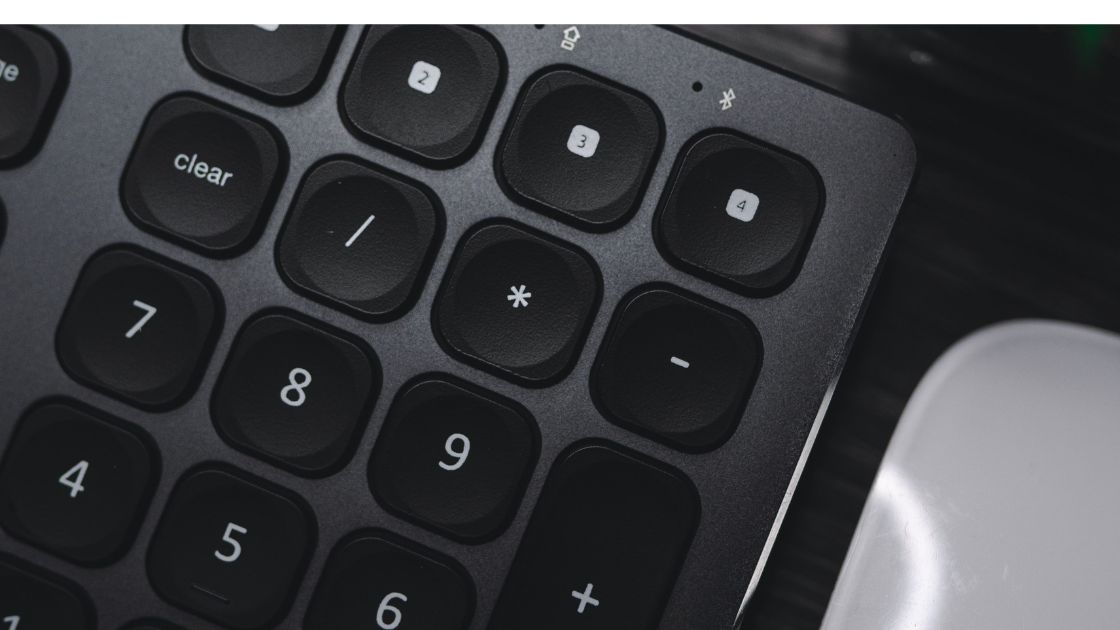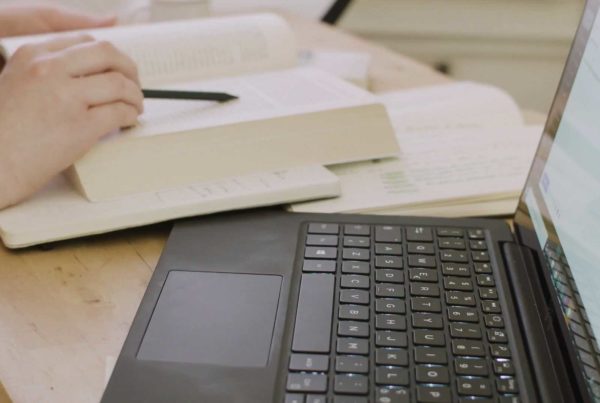No one said it was easy–or cheap–to be an entrepreneur. From hiring staff, to engaging legal counsel, to supporting R&D, launching a company comes with some very real costs, and the patent process is no exception.
And, whether you take a DIY approach or hire an expert, patent costs can be steep. But, turning your big idea into a piece of protected intellectual property can be a smart investment in the future of your business, extending well beyond the protection it offers from potential competitors.
Here’s a look at what the process for a US patent typically costs.
Types of Patent Fees
Unfortunately, a patent doesn’t carry a simple sticker price. It’s an amalgamation of a variety of costs, all of which may vary depending on your unique case. According to the U.S. Patent and Trademark Office (USPTO) fee schedule, fees are broken into the following categories:
- Application filing
- Search
- Examination
- Post-allowance
- Extension of time
- Maintenance
- Miscellaneous
- Post issuance
- Trial and appeal
- Petition
- Service
- Enrollment
For first-time patent filers, only the application filing, search, examination, post-allowance, and extension of time fees are relevant.
Each of these groups is further split into three categories:
- Undiscounted (or Large Entity) fee
- Small entity fee
- Micro entity fee
You do not need to pay all three. A small entity fee is a reduced rate for a small business (i.e., with fewer than 500 employees), while a micro entity fee is intended for independent inventors that satisfy specific criteria. If neither category applies to you, you pay the undiscounted fee.
US Patent Costs By Type
Patent filings can be categorized in one of four groups:
- Provisional patent application
- Non-provisional patent (a.k.a. utility patent) application
- Design patent application
- Plant patent application
This is incredibly important because it sets the stage of your fee schedule from then on.
A provisional patent application is not a patent per se. It’s a stepping stone to utility patent application. Think of it as a “preliminary” patent application–after filing it, you have one year to file your non-provisional patent application before the provisional patent application expires and disappears into the ether. This protects your innovation for about twelve months, holding its place, if you will. A provisional patent application filing will require a $300 undiscounted fee, $150 small entity fee or a $75 micro entity fee (as of January 2021), in addition to any patent attorney/agent fees charged to prepare the application.
A utility patent is what most people think of when they think about patents. Unfortunately, it’s also the most expensive of the bunch, since it’s also the most difficult to acquire. The filing fees are the least expensive component–a $320 undiscounted fee, a $160 small entity fee, or a $80 micro entity fee. You’ll also have to pay upfront a patent search fee ($700/$350/$175) and a patent examination fee ($800/$400/200) and, depending on the number of pages and claims included in your application, there will be excess size fees and excess claim fees. Definitely ask your IP professional how you can avoid these excess fees in your filings.
The best way to understand the total costs involved in utility patent filings is to break down inventions by complexity. With attorney fees, here’s how the costs typically break down for the preparation of an initial utility patent filing:
- Extremely simple inventions (i.e., a paperclip): $5,000 – $7,000
- Relatively simple (i.e., an umbrella or board game): $6,000 – $8,000
- Minimally complex (i.e., a widget or power tool): $8,000 – $10,000
- Moderately complex (i.e., an electronic component): $10,000 – $12,000
- Relatively complex (i.e., an optical imaging system): $12,000 – $14,000
- Highly complex (i.e., a satellite or computing system): $14,000 – $16,000
- Software (i.e., data processing systems or business processes): $16,000+
And remember that, once your utility patent application is filed, there will be costs associated with several rounds of arguing the merits of your patent application with a patent examiner, an issue fee once your application is allowed to become an issued patent, then a maintenance fee at 4-, 8-, and 12-years after issuance. These post-filing fees will add several thousands of dollars spread out over the 20-year lifetime of the patent filing.
A design patent covers a patented item’s unique appearance and often goes hand-in-hand with a utility patent. A basic filing fee for design patents has a $220 undiscounted fee, a $110 small entity fee, or a $55 micro entity fee, and there are also design patent search fees ($160/$80/$40) and examination fees ($640/$320/$160). With legal fees, preparation, and filing, you should plan on each design patent application costing between $2,000 and $3,000. Design savvy companies (like Samsung, Nike, and Apple) take advantage of using design patent filings to protect their products’ unique look and feel, which can be a powerful deterrent for potential copycats.
A plant patent covers a unique plant species. If you are a food company, for example, and you develop a unique species of corn, a plant patent would protect your unique plant. A basic filing fee for plant patents has a $220 undiscounted fee, a $110 small entity fee, or a $55 micro entity fee, plus the usual search and examination fees. Add in legal fees, preparation, and filing, and you’re looking at a sticker price somewhere between $4,660 and $7,620.
Factors Affecting These Costs
As you can see, the gap between filing fees and the final sticker price is steep. There are several reasons for this.
First, keep in mind that the filing/search/examination fees are merely the first of a parade of fees required to prepare your big idea for patent filing. You’ll also have to deal with the costs associated with convincing a patent examiner that your idea is patent-worthy, time extension fees, petition fees, and post-allowance fees to name a few.
At a bare minimum, these costs will be affected by two baseline factors: the size of your business and the complexity of your invention. The bigger you are or the more complex your invention, the more it will cost for you to obtain patent protection.
Then there’s the market. Patents are not filed in a void: If you’re in a strong marketplace, you’ll have to spend more to ensure your invention is well-protected among your competitors. Similarly, if you’re in a crowded market (i.e. there are similar products already patented) you’ll have to sink more effort (and more money) to show your product is truly unique.
Patent costs are no joke and it’s easy to get intimidated. But here’s the thing: done right, this is money invested in the future success of your business.
Ready to take a smarter approach to intellectual property? Contact us today to get started.





